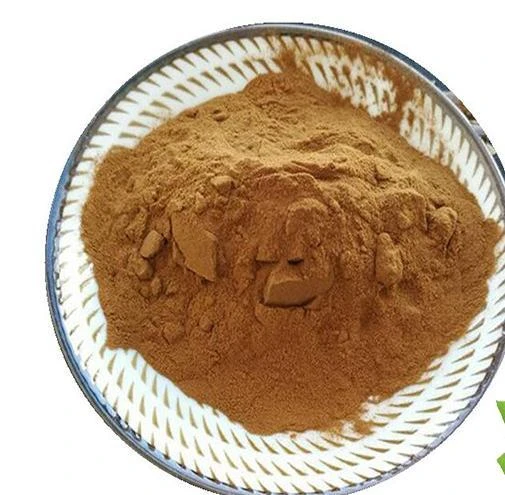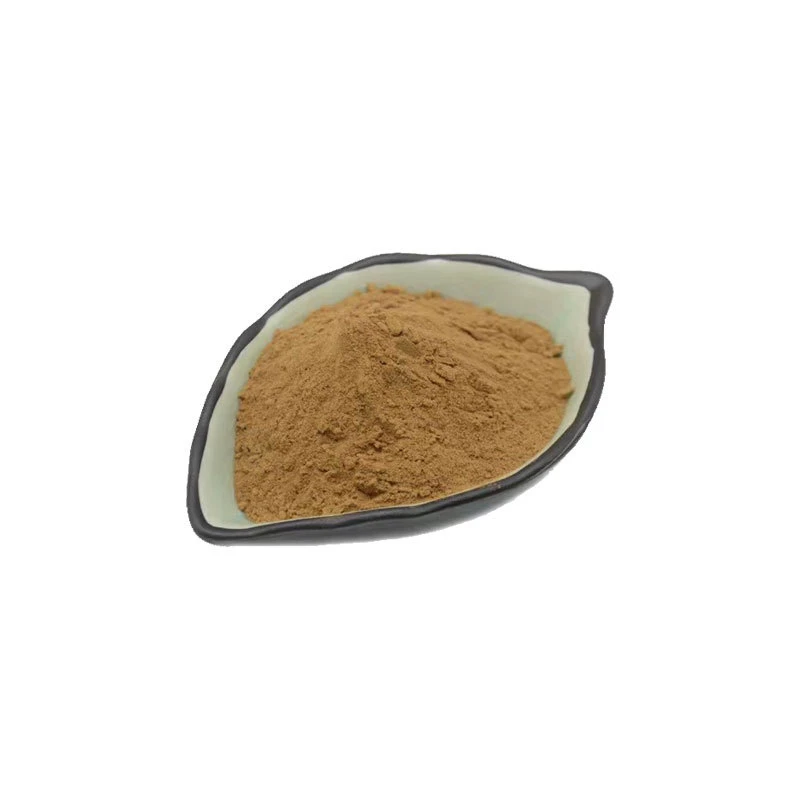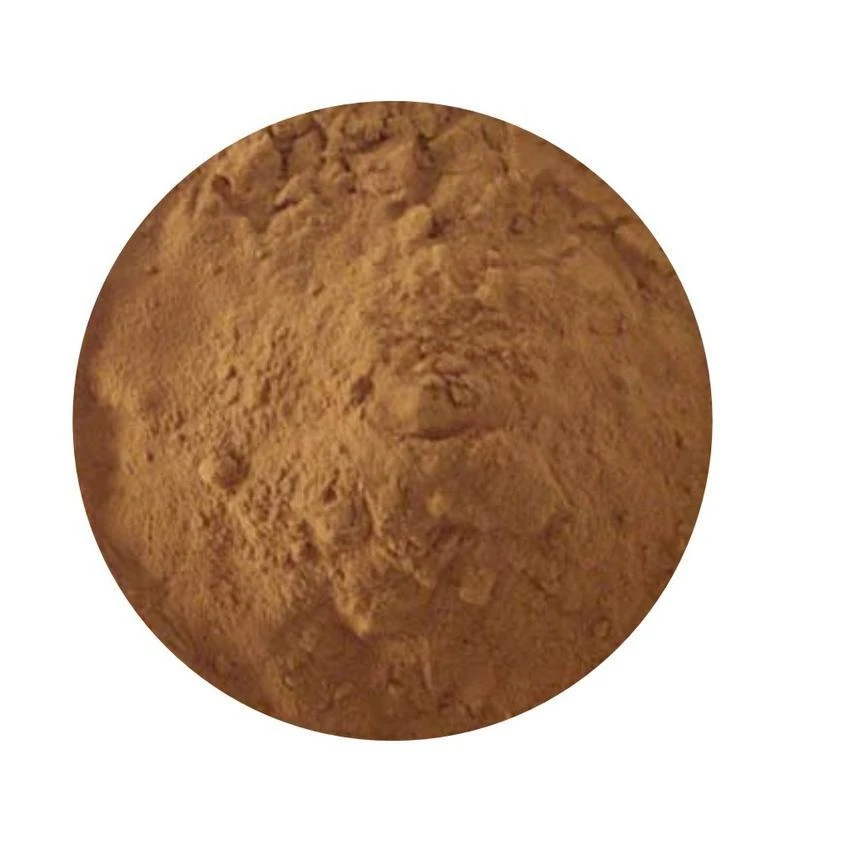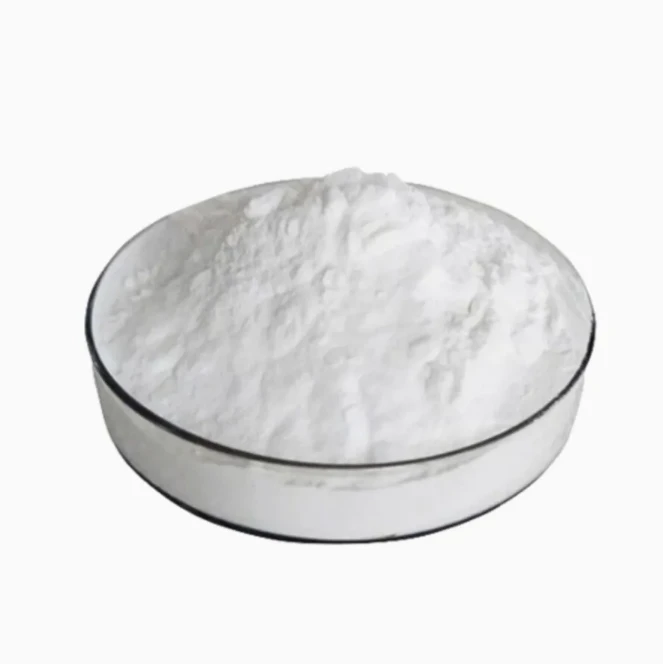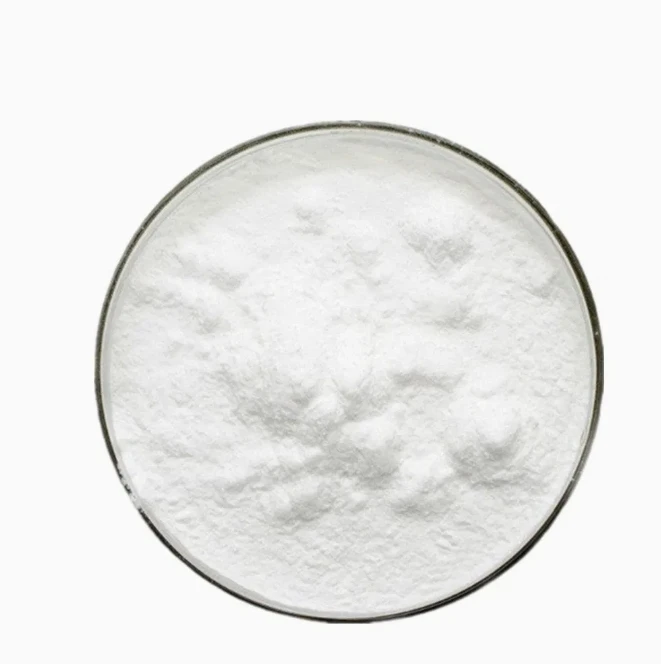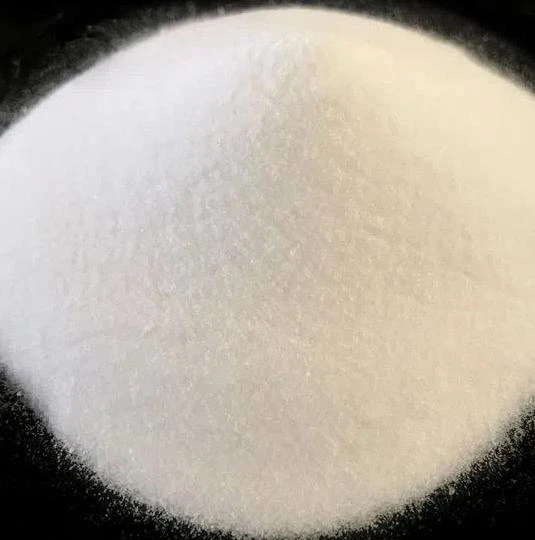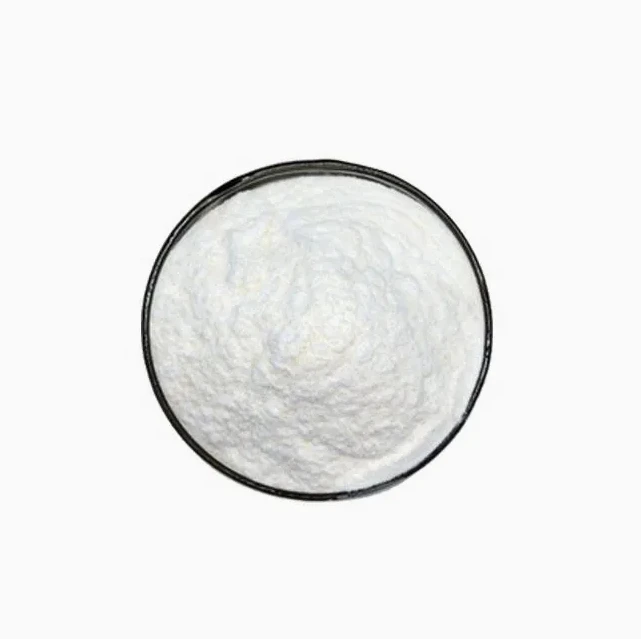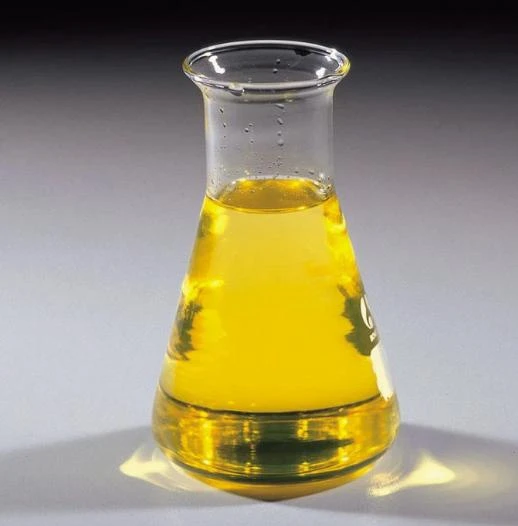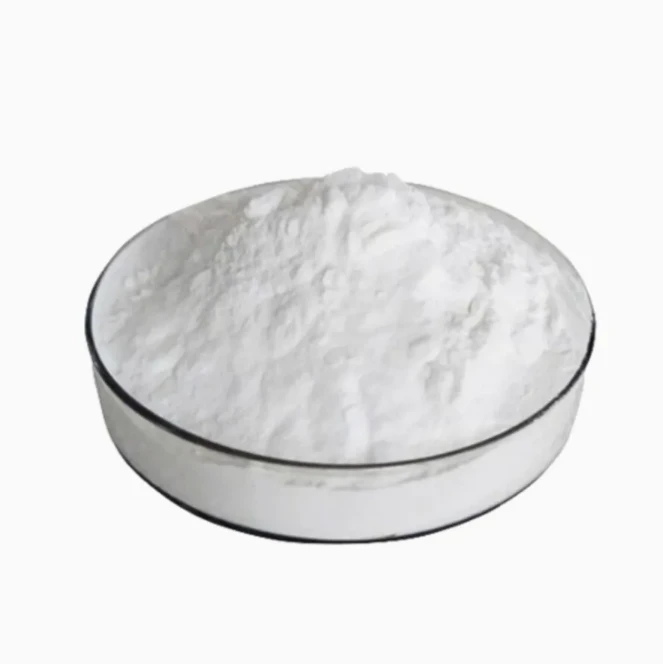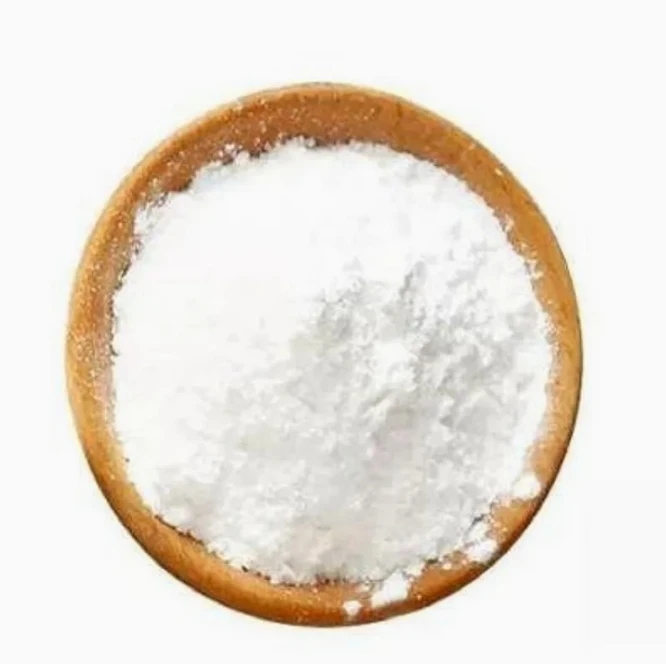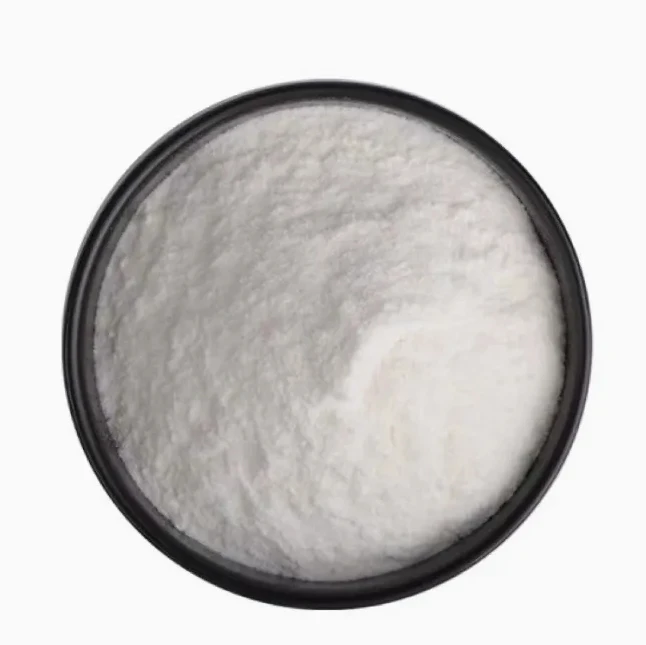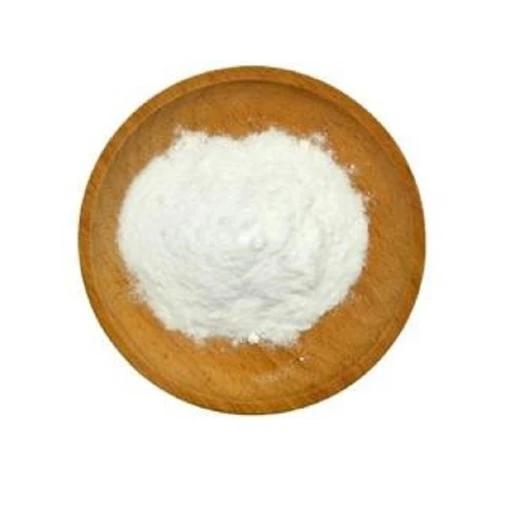 Lengolo-tsoibila: sale@hebeidisha.com
Lengolo-tsoibila: sale@hebeidisha.com
 Mohala: +86 13315186550
Mohala: +86 13315186550
- Moafrika
- Sealbania
- Seamharic
- Searabia
- Searmenia
- Se-Azerbaijani
- Sebasque
- Sebelarusia
- Benghali
- Sebosnia
- Se-Bulgaria
- Secatalan
- Sebuano
- China
- China (Taiwan)
- Corsican
- Secroatia
- Czech
- Sedanishe
- Se-Dutch
- Senyesemane
- Esperanto
- Seestonia
- Sefinnishe
- Sefora
- Sefrisia
- Segalician
- Segeorgia
- Sejeremane
- Segerike
- Segujarati
- Secreole sa Haiti
- hausa
- siwaiian
- Seheberu
- Che
- Miao
- Se-Hungary
- Seiceland
- igbo
- Seindonesia
- irish
- Setaliana
- Sejapane
- Se-Javanese
- Kannada
- kazakh
- Khmer
- Rwanda
- Sekorea
- Sekurdish
- Sekyrgyz
- Lefuba
- Selatine
- Selatvia
- Selithuania
- Se-Luxembourgish
- Semacedonia
- Malgashi
- Semalay
- Semalayalam
- Semalta
- Semaori
- Marathi
- Mongolian
- Myanmar
- tsa Nepali
- Norwegian
- Norwegian
- Occitan
- Sepashto
- Sepersia
- Sepolishe
- Sepotoketsi
- Sepunjabi
- Seromania
- Serussia
- Sesamoa
- Segaeli sa Scotland
- Seserbia
- Senyesemane
- Seshona
- Sindhi
- Sesinhala
- Seslovak
- Seslovenia
- Somalia
- Sepanish
- Sesundanese
- Seswahili
- Seswedishe
- Setagalog
- Se-Tajik
- Setamil
- Setatare
- Setelugu
- Sethai
- Se-Turkey
- Turkmen
- Seukraine
- Seurdu
- Uighur
- Seuzbek
- Sevietnam
- Welsh
- Thusa
- Yiddish
- Yoruba
- Sezulu
Eucommia Extract
Eucommia (Eucommia Ulmoides), commonly called the hardy rubber tree or the gutta-percha tree. The Chinese name for eucommia bark is Du Zhong. Eucommia is mainly grown in temperate regions of Asia mostly in China such as Guizhou, Sichuan, Hunan. The medicinal use of Eucommia ulmoides dates back to ancient Traditional Medicinal Chinese including the texts of Yellow Emperors Internal Classic (Huangdi Neijing) (475-221BC). It has been used classically as a combination with other medicinal herbs or as a single agent to treat lower back pain and knees and strengthening the tendons and bones. In addition, it has also been used for prevention of miscarriage. In modern medicine, majority of the preliminary data lend support to its use in osteoporosis, arthritis, hypertension with purported actions such as anti-oxidant and anti-inflammatory properties.

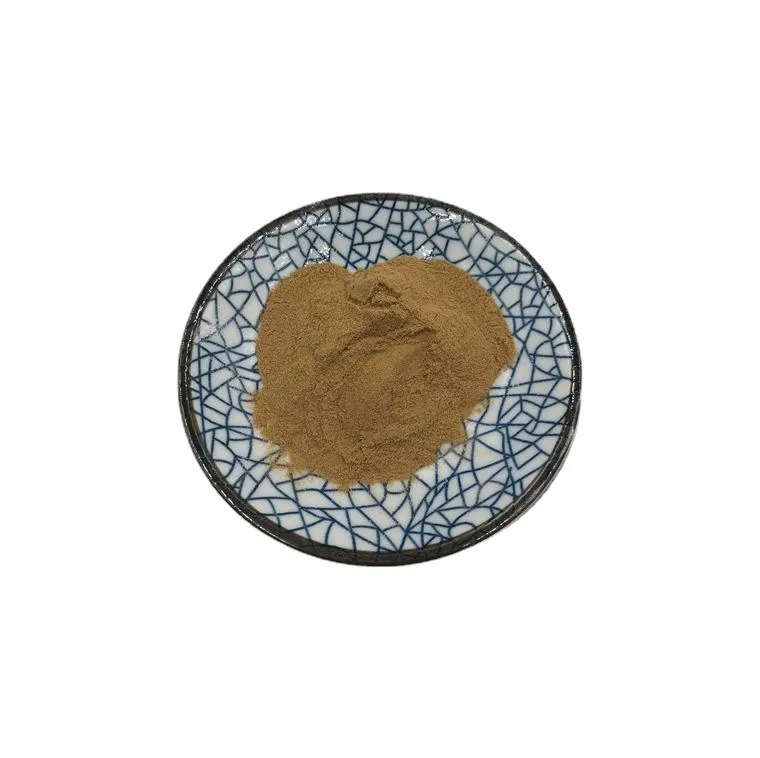

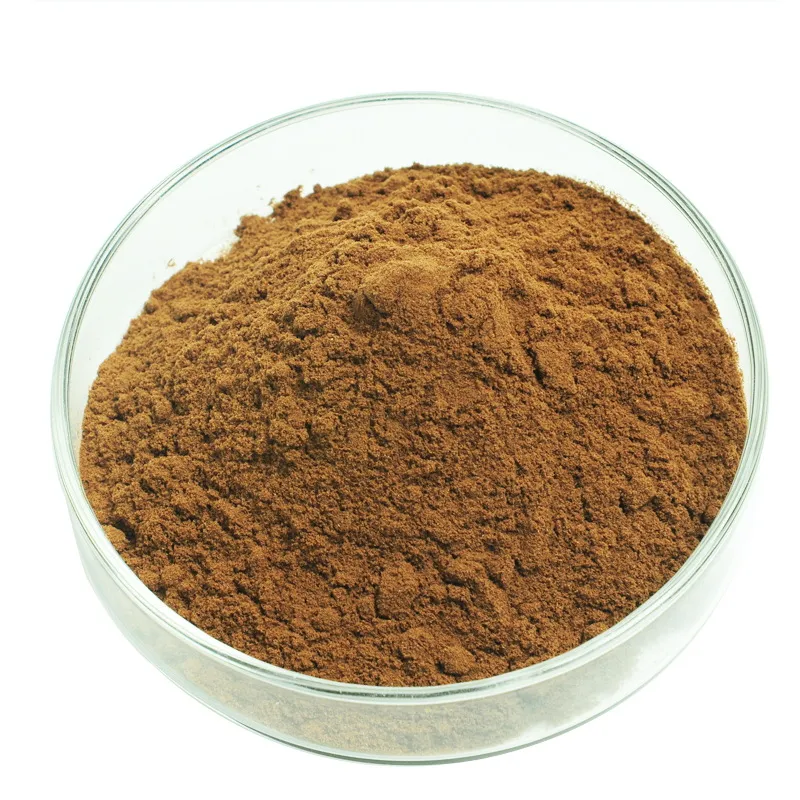
1.reducing blood pressure and blood fat.
2.Tonic for liver and kidney; strengthening muscles and bones.
3.Use in liver and kidney deficiency: chronic pain in lower back and knees, lack of strength, dizziness, impotence, irregular menses and frequent urination.
4.Stabilizing pregnancy. Use in weakness during pregnancy, unstable pregnancy, chronic pain in lower back and excessive movements of fetus.
5.diuretic, gallbladder, blood fat, fetus protection.
Nourishes the liver and kidneys, strengthens muscles and bones: traditionally used to treat symptoms such as low back pain, lumbar and knee soreness, and strengthens the muscular and skeletal systems.
Lowering blood pressure and regulating blood lipids: contributes to cardiovascular health and is beneficial in preventing and assisting in the treatment of hypertension through its antihypertensive effect.
Anti-tumor: shows some anti-tumor activity, possibly by inhibiting the growth of tumor cells or inducing their apoptosis.
Enhancement of immunity: Contains components that can regulate and enhance the body's immune system, such as polysaccharides, to fight against disease invasion.
Antioxidant and anti-aging: Flavonoids and other components have the effect of scavenging free radicals and slowing down cell aging.
Antibacterial and antiviral: components such as chlorogenic acid have inhibitory effects on a wide range of bacteria (e.g. E. coli, Staphylococcus aureus, pneumococcus) and viruses.
Digestive system support: It can increase gastrointestinal motility, promote gastric juice secretion, and help relieve constipation
Re na le lifeme tse ngata tsa boleng bo holimo tse nang le tšebelisano e tebileng, tse ka u fang lihlahisoa tsa boleng bo holimo le litheko tsa tlholisano. Hape re ka fana ka litheolelo bakeng sa ho reka ka bongata.'Me re sebelisana le lik'hamphani tse ngata tsa litsebi tse tsamaisang thepa, li ka isa lihlahisoa ka mokhoa o sireletsehileng le ka thelelo matsohong a hau. Nako ea ho fana e ka ba matsatsi a 3-20 ka mor'a hore ho netefatsoe tefo.
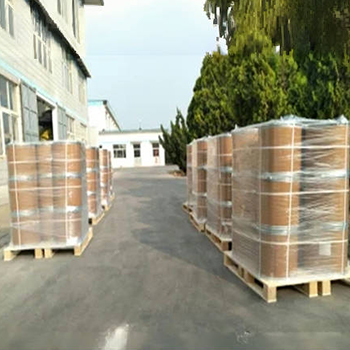
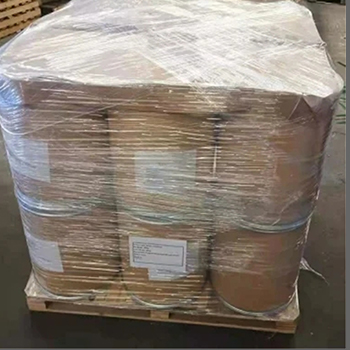

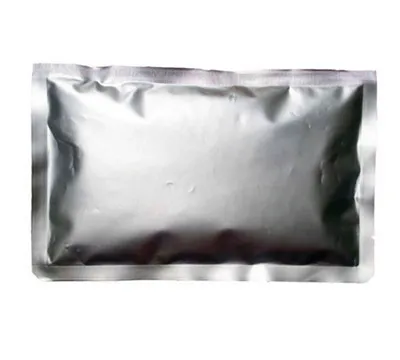
| TECHNICAL DATA SHEET | ||
| PRODUCT SPECIFICATIONS | ||
| Product Name: | Eucommia ulmoides extract | |
| Botanic Name: | Eucommia ulmoides Oliv. | |
| Scientific name(Family/Genus/Species) | Eucommiaceae/Eucommia/E.ulmoides | |
| Part of plant | Bark (without cork) | |
| Solvent extraction | 100% water | |
| Country of Origin: | China | |
| Excipent | 20% maltodextrin | |
| ANALYSIS ITEMS | TS'ELISO | TEST METHOD |
| Ponahalo | Fine powder | Organoleptic |
| Color | Brown | Visual |
| Odour & Taste | Characteristic | Organoleptic |
| Boitsebiso | Identical to R.S. sample | HPTLC |
| Extract ratio | 4:1 | |
| Solubility | Almost soluble in water | |
| Hydrocarbons PAHs | ≤ 50 ppb -Reg.UE 1933/2015 | GC-MS |
| Benzo(a)pyren | ≤ 10 ppb -Reg.UE 1933/2015 | GC-MS |
| Radioactivity | ≤ 600 Bq/Kg -Reg. CE 1409/2009 | |
| Apparent density | 0.4-0.7g/ml | |
| Sieve Analysis | 100% through 80 mesh | USP39 <786> |
| Loss on drying | ≤ 5.0% | Eur.Ph.9.0 [2.5.12] |
| Total Ash | ≤ 5.0% | Eur.Ph.9.0 [2.4.16] |
| Lead (Pb) | ≤ 3.0 mg/kg | Eur.Ph.9.0<2.2.58>ICP-MS |
| Arsenic (As) | ≤ 1.0 mg/kg | Eur.Ph.9.0<2.2.58>ICP-MS |
| Cadmium(Cd) | ≤ 1.0 mg/kg | Eur.Ph.9.0<2.2.58>ICP-MS |
| Mercury(Hg) | ≤ 0.1 mg/kg -Reg.EC629/2008 | Eur.Ph.9.0<2.2.58>ICP-MS |
| Heavy metal | ≤ 10.0 mg/kg | Eur.Ph.9.0<2.4.8> |
| Solvents Residue | Conform Eur.ph. 9.0 <5,4 > and EC European Directive 2009/32 | Eur.Ph.9.0<2.4.24> |
| Pesticides Residues | Conform Regulations(EC) No.396/2005 including annexes and successive updates Reg.2008/839/CE | Gas Chromatography |
| Aerobic bacteria(TAMC) | ≤1000 cfu/g | USP39 <61> |
| Yeast/Moulds(TAMC) | ≤100 cfu/g | USP39 <61> |
| Bile-tol.gram- b./Enterobact.: | ≤100 cfu/g | |
| Escherichia coli: | Absent in 1g | USP39 <62> |
| Salmonella: | Absent in 25g | USP39 <62> |
| Staphylococcus aureus: | Absent in 1g | |
| Aflatoxins B1 | ≤ 5 ppb -Reg.EC 1881/2006 | USP39 <62> |
| Aflatoxins ∑ B1, B2, G1, G2 | ≤ 10 ppb -Reg.EC 1881/2006 | USP39 <62> |
| Irradiation | No Irradiation | |
| GMO | Product No-GMO (Reg.1829/2003-1830/2003 EC) | |
| Allergens | Non allergen, in compliance with Reg.1169/2011 Annex II | |
| BSE/TSE | Free, the product doesn't contain animal materials | |
| Melamine | Free, No melamine(Reg.EU 594/2012) | |
| Ethylen-oxide | No Ethylen-oixde | |
Eucommia is mainly grown in temperate regions of Asia mostly in China such as Guizhou, Sichuan, Hunan. The medicinal use of Eucommia ulmoides dates back to ancient Traditional Medicinal Chinese (TCM) including the texts of Yellow Emperor's Internal Classic (Huangdi Neijing) (475-221BC) .
It has been used classically as a combination with other medicinal herbs or as a single agent to treat lower back pain and knees and strengthening the tendons and bones.
1.Eucommia bark extract is associated with the liver and kidneys, and is considered the primary herb used to increase yang functions in the body.
2. Eucommia bark strengthens the bones and muscles, heals injured and weakened tissues, and can treat lower back and leg pain, stiffness and arthritis.
3. In addition to its healing effects, eucommia has the ability to lower blood pressure; most Chinese formulas used to lower blood pressure contain at least some amount of eucommia.
4. It is also given to pregnant women to calm the fetus and prevent miscarriage.
2.Antibacterial, Antiviral, and Anti-Inflammatory Activity

1. Na u feme kapa k'hamphani ea khoebo?
Re komnay e kopanyang indasteri le khoebo, ho fana ka ts'ebeletso e le 'ngoe.OEM e ka amoheloa.
2. O fana ka mehlala? Na ke mahala kapa ho feta?
Mehlala ea mahala. Tefiso ea thepa ea sampole e hloka ho lefuoa ka lehlakore la hau.
3. O na le litifikeiti tse amanang le taolo ea boleng?
Setifikeiti sa ISO 9001:2008 ho netefatsa boleng.
4. Ke fane ka eng ho fumana khotheishene?
Pls re tsebise ka mofuta oa sehlahisoa seo u se hlokang, bongata ba odara, aterese le litlhoko tse ikhethileng. Khotheishene e tla etsoa bakeng sa referense ea hau ka nako.
5. U khetha mofuta ofe oa mokhoa oa ho lefa? Ke mantsoe a mofuta ofe a amoheloang?
Melao e Amoheletsoeng ea Thomello: FOB,CFR,CIF,EXW;
Chelete ea Tefo e Amoheletsoeng: USD;
Mofuta oa Tefo o Amoheletsoeng: T/T, Western Union; Paypal, Tiisetso ea Khoebo.
Puo e Builoeng: Senyesemane.
Lihlopha tsa lihlahisoa

